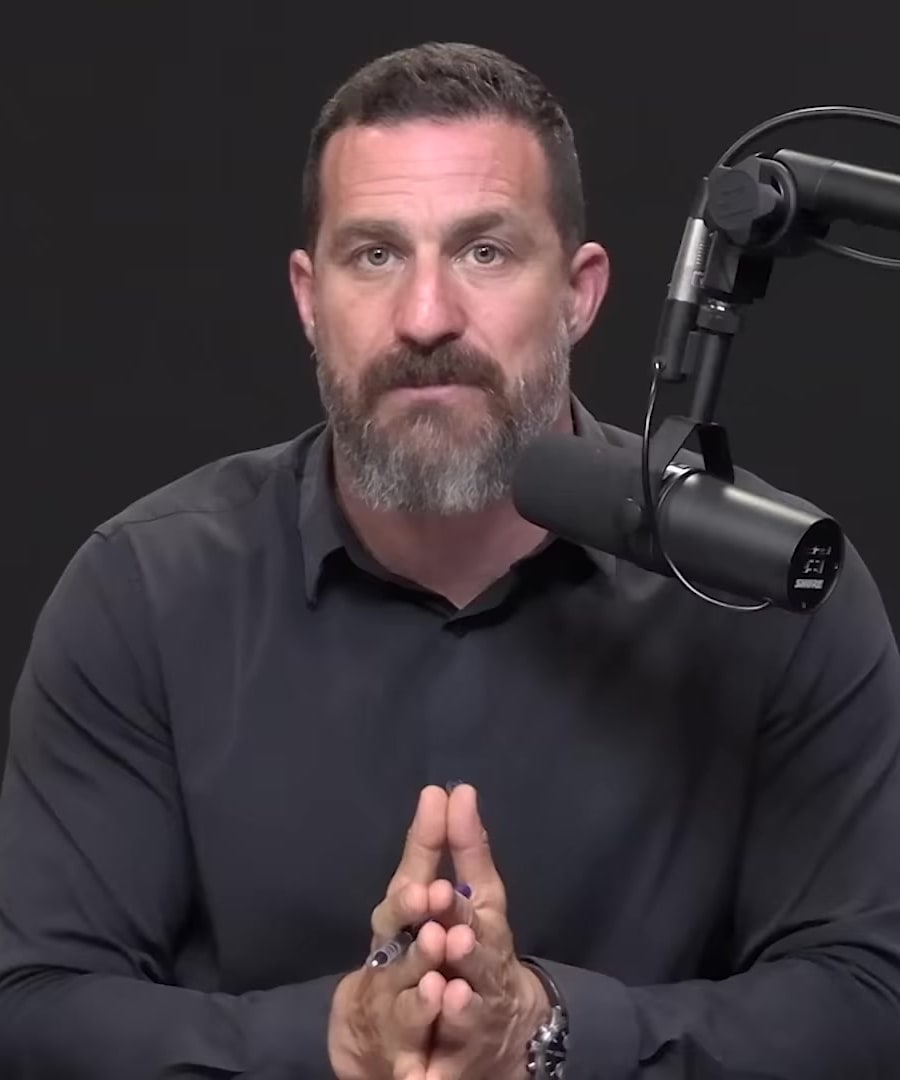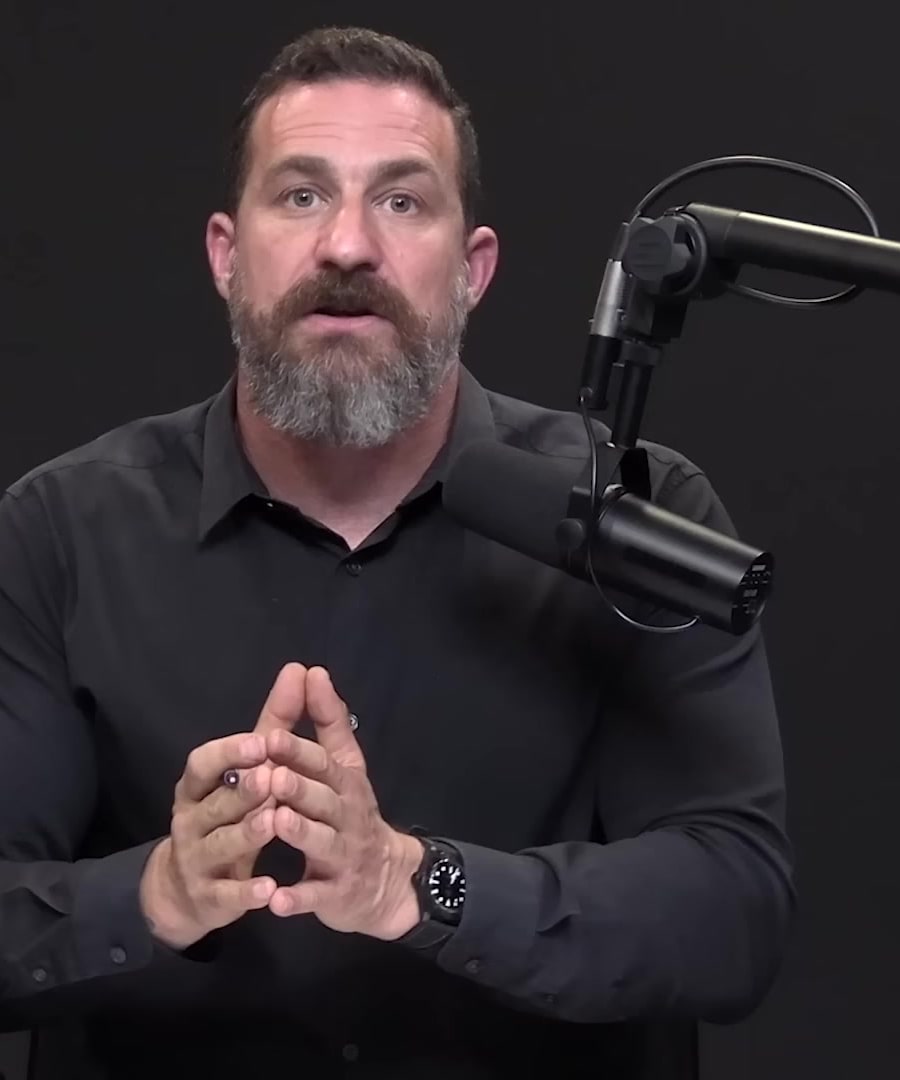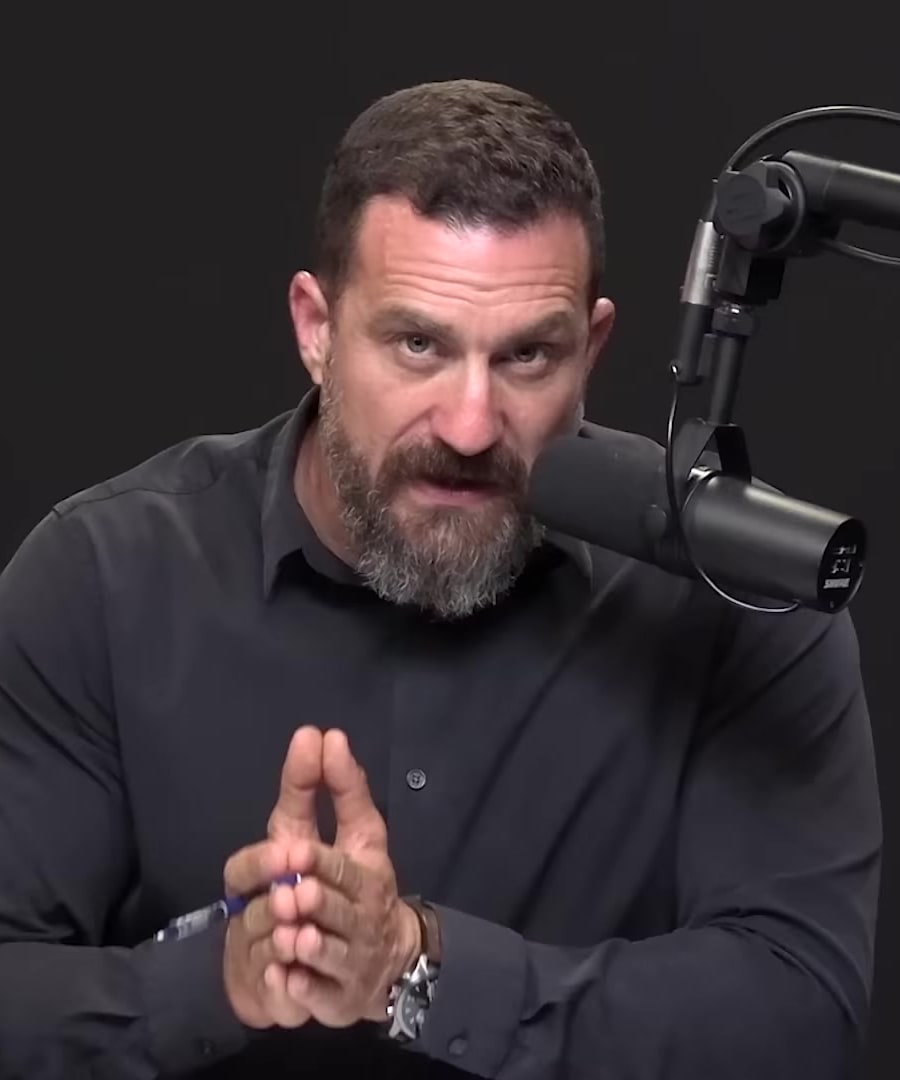How can I heal ptsd
Sources:
Healing from PTSD involves various therapeutic approaches. Here are some insights and suggestions from :
-
Gradual Desensitization: It's crucial to gradually desensitize the individual to the traumatic experience by reframing it from an overwhelming horrible experience to a sad but no longer overwhelming experience. It helps the individual gain the ability to think inside of the memory and to parse what happened. This process often involves confronting deep confusion about responsibility regarding the trauma 1.
-
MDMA-Assisted Therapy: Trials show that MDMA-assisted talk therapy can allow patients to get close to traumatic experiences, talk about them, and reframe them in a context that often involves empathy for oneself and possibly others. This approach showed an 88% clinical response rate compared to 60% for placebo and therapy alone 2.
-
Exposure Therapy: Exposure therapy is quite common in treating PTSD, where individuals are gradually exposed to fears or traumatic memories and learn that the event doesn't always lead to negative outcomes. This helps form new, non-threatening associations and memories 3.
-
Hypnosis: Hypnosis can be used to help patients reconstruct the experience of trauma and make it more tolerable. It's a strategy that can sometimes be more efficient than traditional psychotherapy and even improve outcomes in PTSD treatment 4.
-
Writing Protocol: Journaling about a stressful or traumatic episode can induce positive shifts in mental and physical health. Writing about the facts, the emotional pain related to the experience, and the connections between various aspects of the experience is shown to accelerate the progress in talk therapy and other treatments for depression and PTSD 5.
-
Physiological Approaches: Approaches like ice baths and intense exercise can be useful for allowing people to attain comfort with high levels of autonomic arousal, which can be overwhelming for some individuals with PTSD. This approach requires re-engagement with levels of arousal similar to traumatic events but in a safe and controlled manner 1.
Always ensure that any therapeutic practice is done under the guidance of a well-trained physician or clinician, particularly when the therapy involves reliving elements of the trauma which can be overwhelming 1.
RELATED QUESTIONS-
What are some PTSD self-help techniques I can try?
Sources:
To help manage PTSD on your own, you might consider these self-help techniques that has discussed:
-
Gradual Desensitization: Take steps to gradually desensitize yourself to the traumatic experience. Reframe the trauma from a wholly negative experience to one that you can think through without feeling overwhelmed. Identify any misconceived personal responsibilities related to the trauma, as this can be a source of confusion and pain 1.
-
Narrative Rewiring: Use language and narrative as tools to rewire your nervous system. Talking therapies, like prolonged exposure therapy, cognitive processing (CPT), and cognitive behavioral therapy (CBT), can help reduce fears and trauma through retelling and restructuring the trauma narrative 2.
-
Deliberate Stress Induction: With caution, especially for those with anxiety or panic disorders, short bouts of self-induced stress, such as through hard exercise or cold exposure, may help you become comfortable with high levels of autonomic arousal. This can prepare you for facing trauma-related stress in a controlled way. It's crucial to approach this method carefully and ideally with clinician support 3.
-
Journaling: Write down your thoughts and feelings associated with the traumatic event. This exercise can assist in articulating and understanding the trauma, which may lead to improved coping mechanisms.
Remember, while these self-help techniques can be supportive, they are not a replacement for professional treatment. PTSD is a complex condition that often requires support from healthcare professionals. Always consult with a therapist or psychologist for personalized guidance and consider these self-help approaches as supplementary to professional treatment.
RELATED QUESTIONS-
Could you provide additional self-help techniques for managing PTSD?
Sources:
In addition to the self-help methods already mentioned for managing PTSD, here are some more strategies that suggests:
-
Behavioral Therapies: Engage in behavioral therapies such as prolonged exposure therapy, cognitive processing (CPT), and cognitive behavioral therapy (CBT). These therapies, leveraging language and narrative, can help change the way you respond to memories of the trauma by working through the narrative with a clinician present 1.
-
MDMA-Assisted Therapy: Though this is not a traditional self-help technique and needs to be conducted under strict clinical supervision, MDMA-assisted therapy has shown promising results in clinical trials, with a significant percentage of participants experiencing a reduction in PTSD symptoms. Patients undergo preparation sessions without MDMA, followed by sessions with MDMA, where they work with therapists to talk through their traumas 2.
-
Deliberately Induced Stress: Consciously inducing a physiological stress response—like cold showers, ice baths, or intense exercise—can help one become comfortable with stress arousal, which could aid in working through traumatic memories. Always approach this with caution, especially if you have anxiety or panic disorders, and ideally, under clinician supervision 3.
These self-help techniques can provide additional support in managing PTSD, but please make sure to consult with a healthcare professional to ensure these strategies are appropriate for your individual needs and are conducted safely.
RELATED QUESTIONS-







